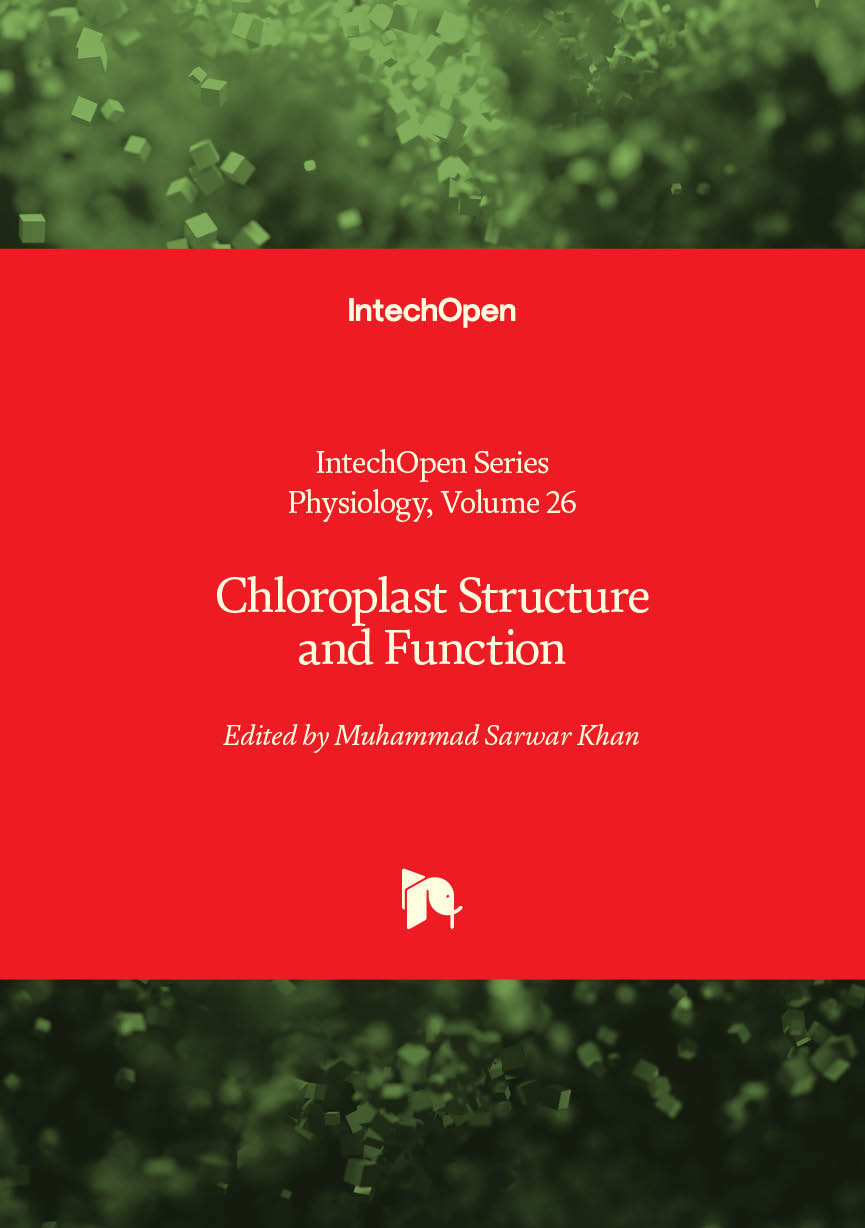Chloroplast Structure and Function

Contributor(s)
Sarwar Khan, Muhammad (editor)
Language
EnglishAbstract
Plants contain green organelles called chloroplasts, which are inherited from the mother plant in most cultivated species. These organelles have a double-stranded, circular genome with inverted repeats that duplicate genes, increasing their expression levels. Chloroplasts are ideal manufacturing units for pharmaceuticals and vaccines due to their polyploidy at both the organelle and genome levels. A mature leaf mesophyll cell contains approximately 100 chloroplasts, each carrying 100 genome copy numbers, making 10,000 genome copies per cell. The availability of chaperon proteins in chloroplasts allows expressed proteins to accumulate in biologically active form with chemical structures. The chloroplast genome has been manipulated to investigate gene functions, biology, and transgene expression for diverse applications. This book, Chloroplast Structure and Function, provides a comprehensive overview of chloroplast biology, chloroplast genome and biotechnological applications, and chloroplast applications in plant growth and stress tolerance.
Keywords
Botany and plant sciencesWebshop link
https://www.intechopen.com/boo ...ISBN
9781803563855, 9781803563848, 9781803566207Publisher
IntechOpenPublisher website
https://www.intechopen.com/Publication date and place
2024Imprint
IntechOpenSeries
Physiology, 26Classification
Botany and plant sciences

